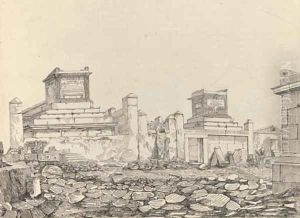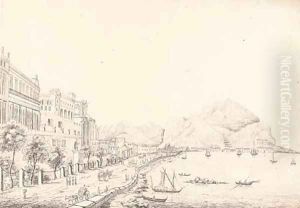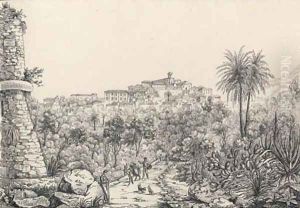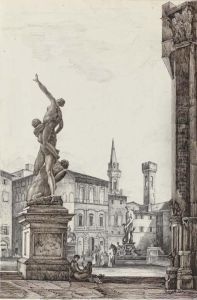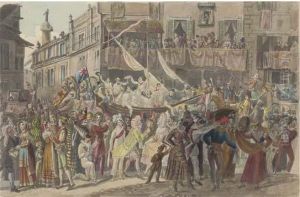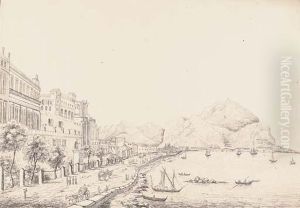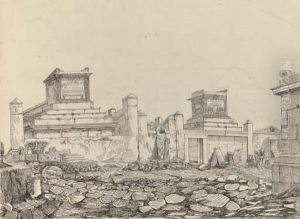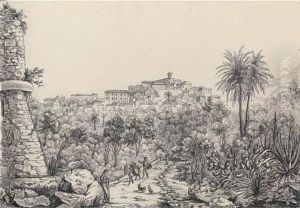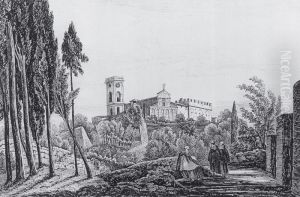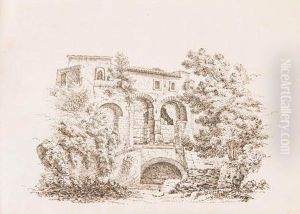Edward Cheney Paintings
Edward Cheney (1803-1884) was not primarily known as an artist but more for his significant contributions as a collector and patron of the arts during the 19th century. Born into a well-established British family, Cheney developed an early interest in art and culture, which was further nurtured through his education and travels. Unlike the more prominent artists of his time, Cheney's name is often associated with his extensive art collection, comprising drawings, paintings, and decorative arts, which highlighted his refined taste and passion for the Renaissance and earlier periods.
Cheney spent a considerable part of his life traveling across Europe, especially Italy, where he cultivated relationships with artists, collectors, and dealers. This enabled him to amass a collection that was notable not only for its breadth but also for its quality. His residence, Badger Hall in Shropshire, housed this impressive collection and became a center of cultural significance, attracting scholars, artists, and fellow collectors.
Throughout his life, Cheney was deeply involved in the artistic community, supporting various artists financially and offering advice to fellow art collectors. His legacy is partly maintained through the artworks he donated to institutions and those that have been dispersed in sales posthumously. Cheney's contribution to the art world is a testament to the role that collectors and patrons play in preserving and nurturing the cultural heritage. His life reflects the profound impact that art collecting can have, not only in enriching the individual's experience but also in enhancing the cultural landscape for wider society.
